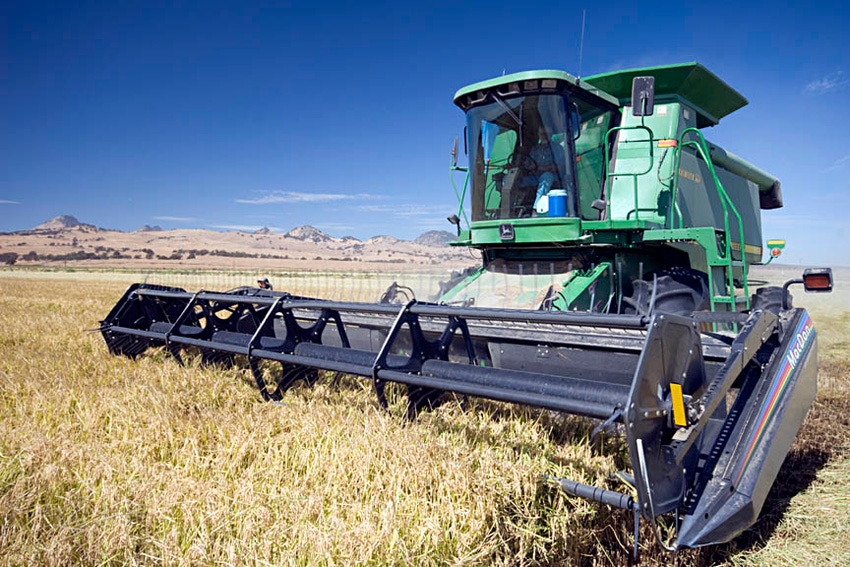July 2, 2012

From the Modesto Bee:
The rust-orange head of an American avocet darted back and forth watching for predators, its black-and-white feathered body plopped atop a nest of four speckled eggs that lay on an earthen levee in a California rice paddy.
"It's a full clutch of four eggs," said Monica Iglecia, a shorebird biologist with Audubon California, looking through binoculars. "This is why we do this work. It's exciting to see."
The hundreds of vast, flooded rice paddies that cover miles of interior northern California may seem like an unlikely safe haven for shorebirds, but changes occurring in the state's rice country may help improve the outlook for dozens of species in decline in recent decades. So far, more than 165 rice farmers have signed up for an incentive program that will build a system of islands and other habitat improvements in their paddies, and provide birds like the avocet a place to rest, feed and breed throughout the year.
California's rice farms lie in a region where about 95 percent of the native wetlands that once provided habitat for migratory and water birds have disappeared.
For more, see: Calif. rice farmers helping migratory birds
You May Also Like




